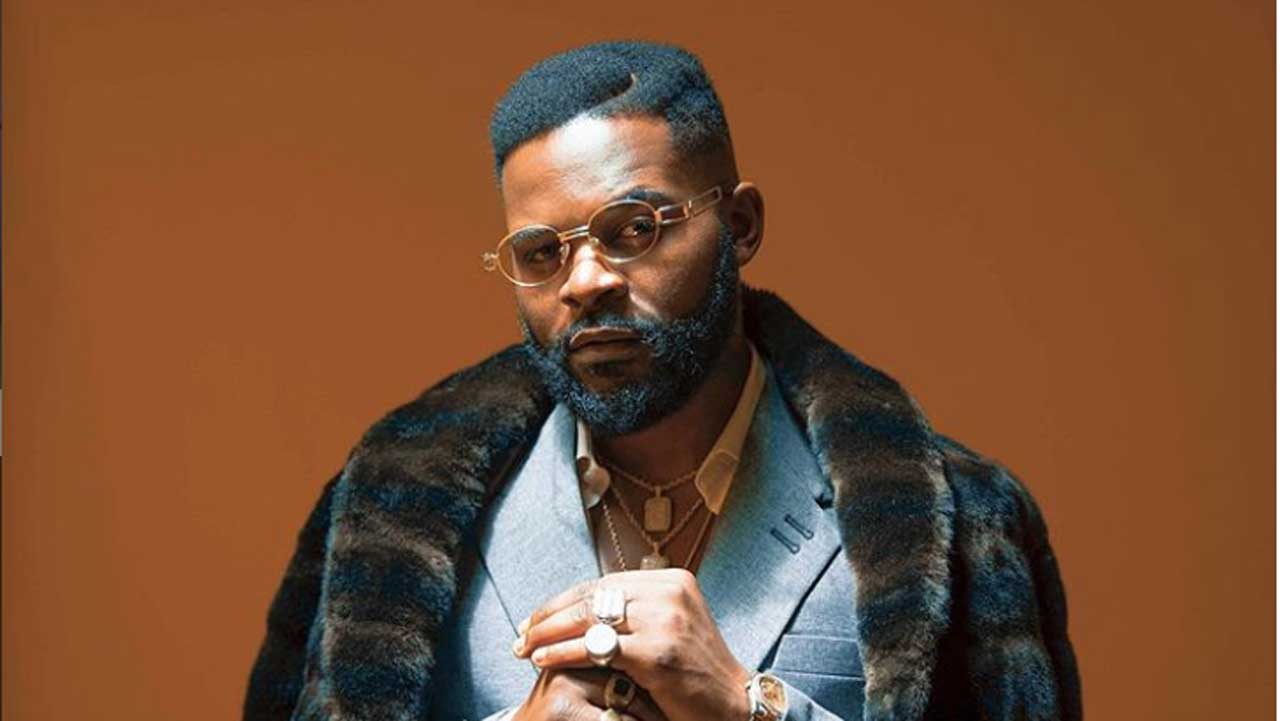This year’s Sotheby’s Modern and Contemporary African Art sale on March 25 is still going ahead, amid the global coronavirus pandemic, but behind-closed-doors and online. Our London correspondent, Sabo Kpade, examines the diverse works on sale, from blockbuster paintings to rare sculptures, from gripping photography to a long lost masterpiece.
Over 50 years of African photography is strongly represented in this year’s Sotheby’s Modern and Contemporary African Art sale on March 25, in London, in a list that includes JD Ojeikere (Nigeria), LR Agbodjelou (Benin), Malick Sidibe (Mali) and Pieter Hugo and Guy Tillim (both from South Africa).
The top four lots are all by South Africa’s Irma Stern: Mangbetu Children (£200 000 – 300 000); The Madeira Man (£200 000); View Across The Vineyard (£200 000 – 300 00) and Grape Packer (£350 000 – 550 00), the most prized lot in the entire sale and described by Hannah O’Leary, it’s Head of Modern and Contemporary African Art, as the “superlative example” of the artist’s later work given her mastery of line, composition and colour for which she was celebrated.
The £3 million paid for Stern’s Arab Priest (1947) in 2011 remains the highest sale at auction for a painting by a South African artist. Similar feats for the four works on sale are hoped for today and expected for “Grape Packer” on account of its huge dimensions (89 by 69cm), Stern’s famed African subjects which in this case is a mother and child, and an enduring subject throughout out art history. Underlying these factors is Stern’s reputation as one of South Africa’s greatest artists whose international success during her lifetime and since places her, says O’Leary, among the “most important female artists of the 20th century worldwide.”
Basquait’s influence on the four lots by Cote d’Ivoire’s Aboudia Diarrassouba — in his 30s and a regular at auctions — are evident in his energetic symphony of paintings, drawings, newspaper collages and much else, and even intended in the title of ‘BOOM II’ (est £10 000 – 15 000). Far from diminishing interest in his work, his audience continues to grow, buoyed by gallery representations beyond the hotspots of New York, London and Paris. For O’Leary, comparisons to Basquait are “unfair” because while the African-American artist drew from Ivorian art and iconography – and exhibited in its capital Abidjan in 1986 – the country’s civil wars and its lasting effects on survivors are the chief concerns of Aboudia’s work.
Some lots by two living masters Cheri Samba (Congo) and Abalde Glover (Ghana) are similar to those auctioned a week before at competitor Bonhams’ own Modern and Contemporary African Art sale, held on March 18, in London. Samba’s Le Petit Kadogo, a satirical depiction of a child soldier, sold for £21 000 at a 2019 Bonhams sale and a similar work is being offered by Sotheby’s today. The same applies to Glover’s Marketscape (£14 000 – 18 000) and Women In Profile (£8 000 – 12 000), versions of which have appeared in previous auctions by Sotheby’s.
Asked how many types of these artist’s work exists, O’Leary says: “at present, no catalogue raisonné has been published for either artist, as is the case for most African artists, so I cannot confirm how much is out there”. The distinctive styles developed by both Samba and Glover contributes to their “truly international” appeal among buyers, says the director, who goes on to add that: “Picasso’s body of work is thought to number over 50 000, with no negative effect on his market.”
Last year’s top lot at Sotheby’s Modern And Contemporary African Art sale was El Anastui’s Zebra Crossing 2 (2007) bought for £1.1 million and exemplified the huge bottle-cap tapestries for which he is best known. His current survey exhibition, El Anatsui: Triumphant Scale, co-curated by Okwui Enwezor and Chika Okeke-Agulu, is touring from Germany, Qatar, Switzerland and Spain, bringing a wider appreciation for the diverse media the Ghanaian artist has employed which includes wood sculptures.
His five works on sale this year, all in wood, are prime examples: Crowd Waiting (£35 000 – 55 000); Lines of Humanity (£40 000 – 60 000); Sculpture 1 (£70 000 – 100 00); Ancestors Starting To Converge Again (£20 000 – 30 000) and Untitled (£70 000 – 90 000), a beguiling repurposing of a wood block in tempera paint that typifies the practical philosophy of “natural synthesis” established by the Zaria Rebels in 1950s Nigeria.
High expectations are also reserved for the seven works by Ben Enwonwu, Nigeria’s master modernist; The Orator (£20 000 – 30 000); Forest Water (£5 000 – 7 000); Water (£3 000 – 4 000); Abstract Figure (£24 000 – 30 000); Afi Ekong (£100 000 – 150 000); and Sefi (£200 000 – 300 000).
The high estimate for Sefi would suggest it is another Tutu, the 1974 painting by Enwonwu which set a new auction record when it sold for £1.2 million in 2018. While both paintings are dignified portraits of the eponymous Nigerian royalties, Sefi is imbued with heftier cultural importance unknown until now. “Sefi” is in fact Princess Judith Safinat Sefi Atta, a pioneering educationist and wife of Christopher Okigbo, one the continent’s premier poets. She was 20 years old when she sat for Enwonwu since when the work has remained in the family of a “prominent west African academic” until it was brought forward for evaluation at Sotheby’s.
The story of a long “lost” masterpiece, ideals of nation-making, women’s empowerment, the tragedy and necessities of war and a tragic love story between a poet and a princess is an enduring one.






